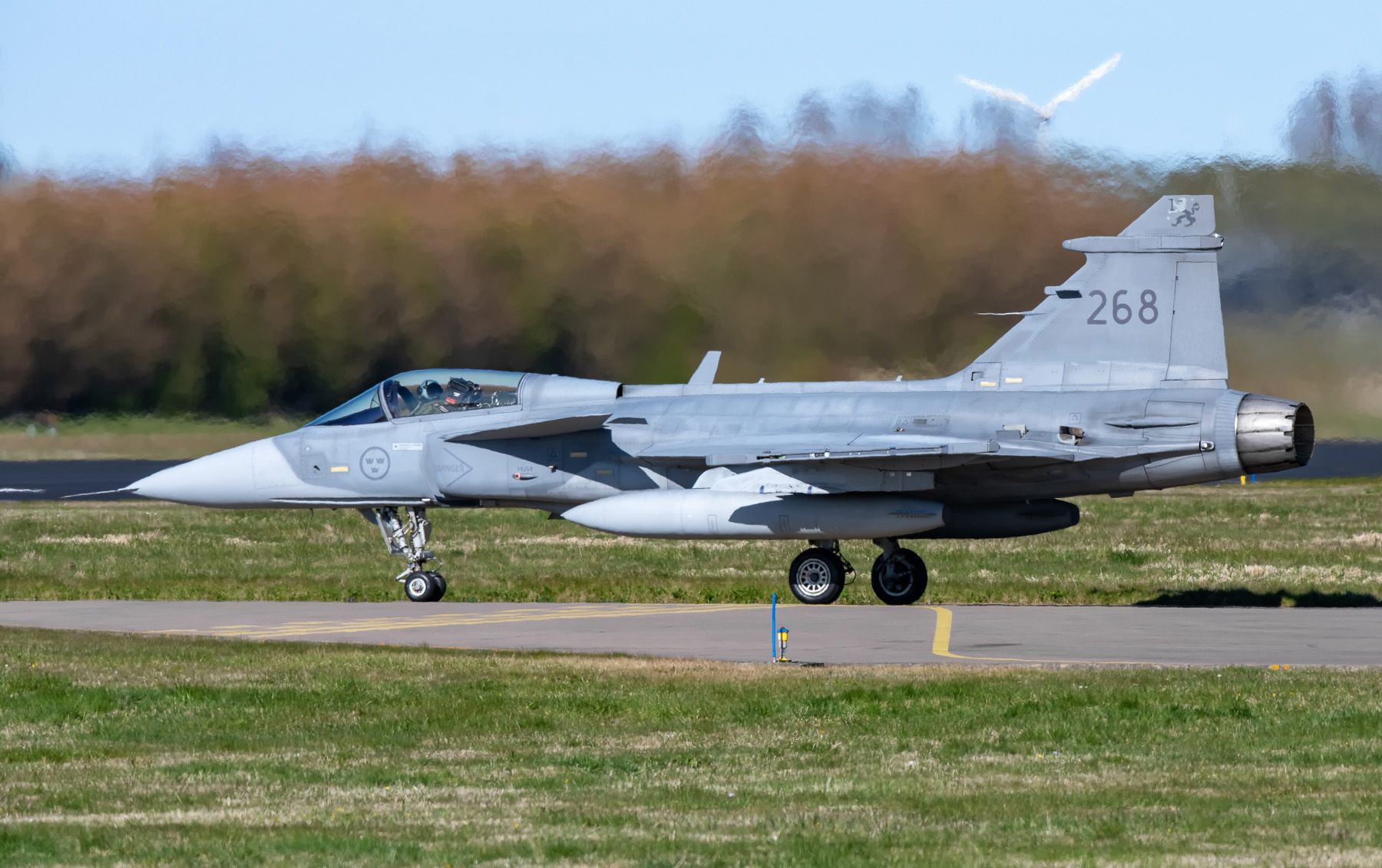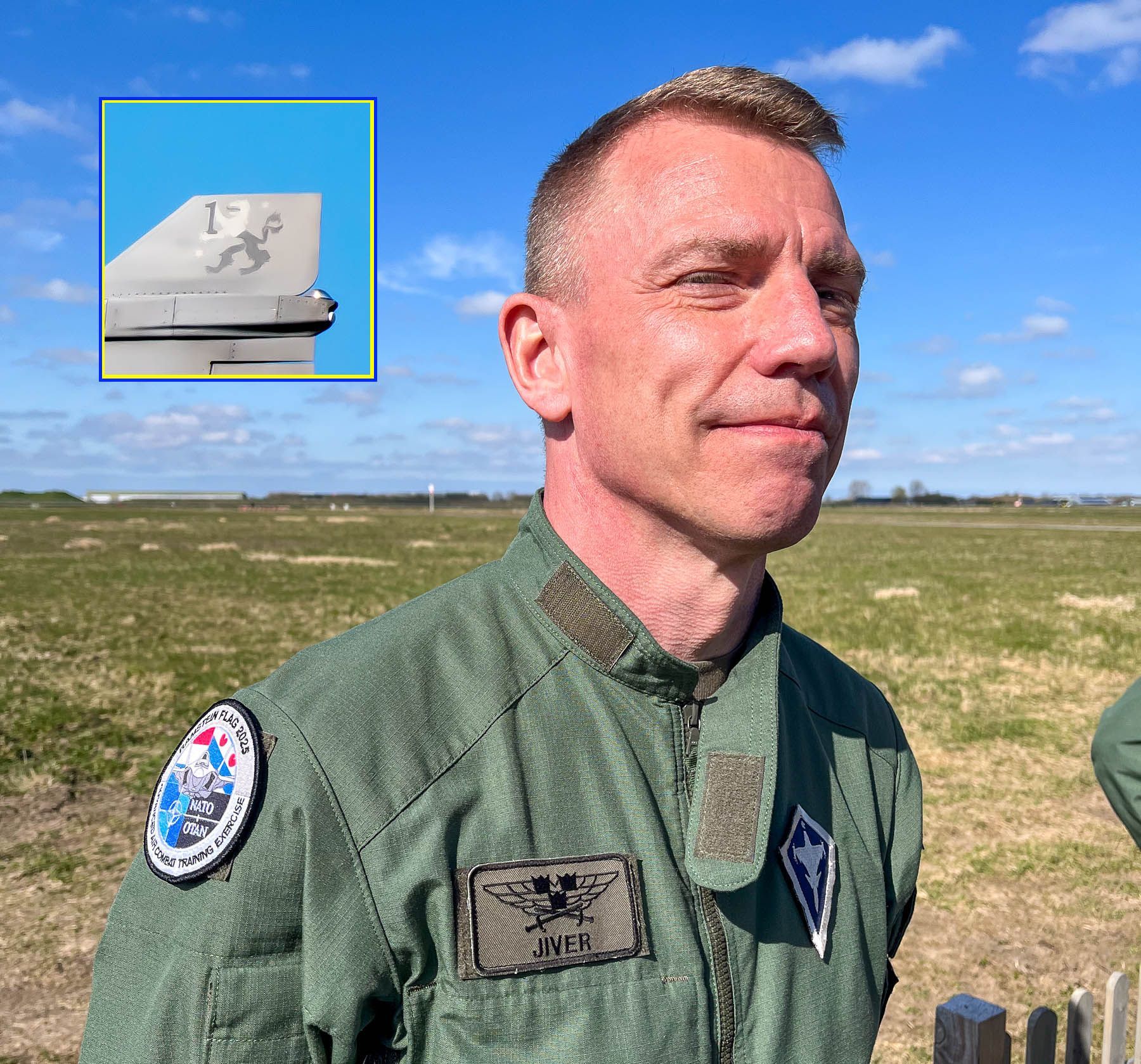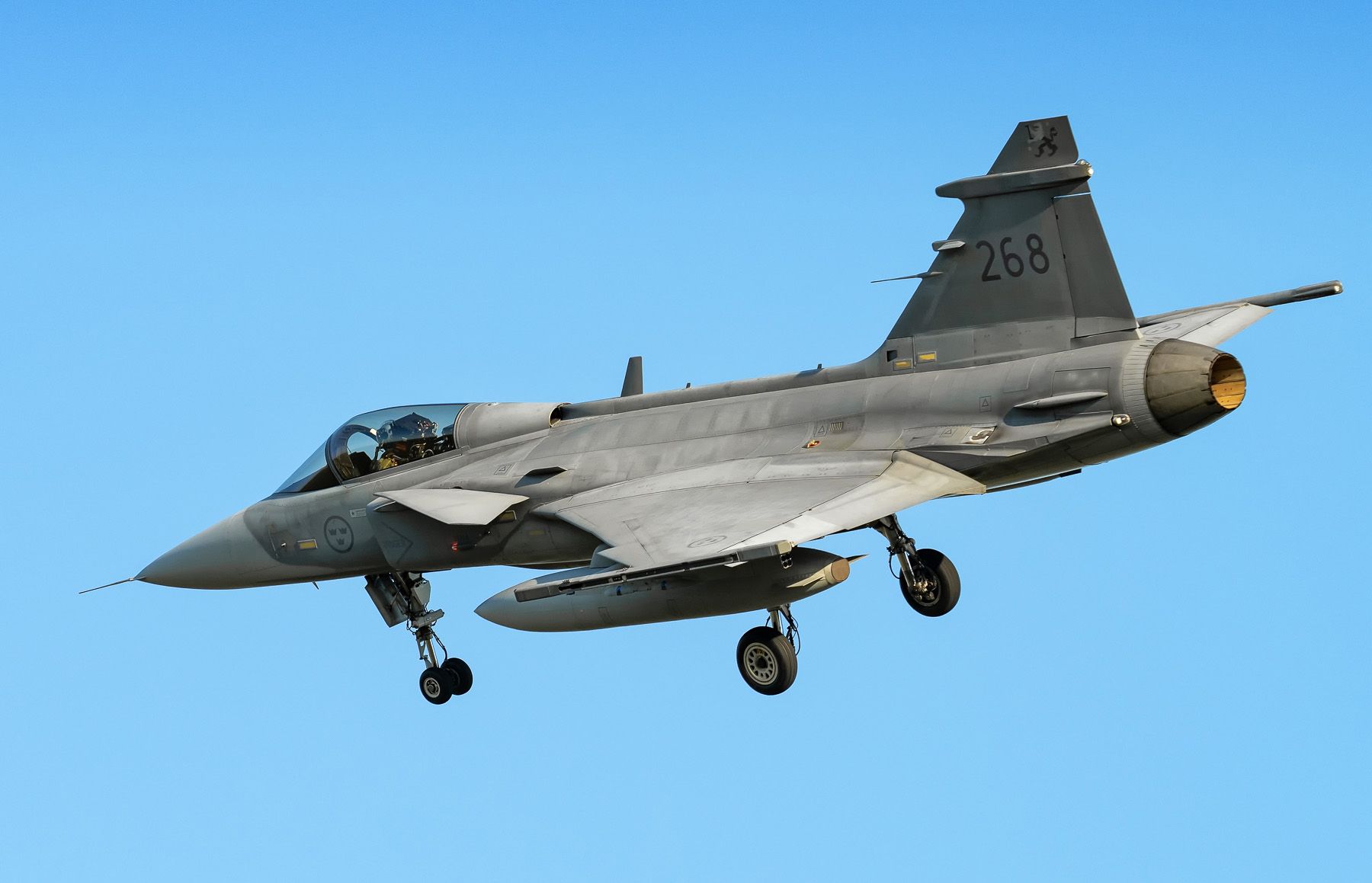Made in Sweden
There is one thing I have to admit: our home is not free from IKEA products. Guess yours isn’t either. But there is way more that Sweden has to offer. Winning songs for the Eurovision Song Contest, or Saab Gripen fighter aircraft. Which you even don’t have to assemble by yourself, without the risk of missing a vital part.
Text and photos: Emiel Sloot

For many, it was a surprising move when Sweden, together with Finland, applied for NATO membership following decades of remaining neutral territories. Nevertheless, both are regarded as a welcome and great addition. Until joining , their defence forces were primarily focused on their own particular situations. In view of Sweden, their large Baltic coastline, and in particular the island of Gotland, are regarded as vulnerable. The so-called ‘Russian Easter incident’ in 2013, in which Russian aircraft approached the country with no military reaction from Swedish side, considerably stirred things up. Over the next years and especially following the Russian invasion into Ukraine, Sweden would significantly boost their defence efforts. Now being NATO member, backup is assured. But the membership is certainly not one way.
The Flygvapnet (Swedish air force) had already deployed their Gripens to various NATO exercises in previous occasions, such as Frisian Flag or Red Flag Alaska. In addition, NATO units have joined Arctic Challenge exercises over the Nordic countries including Sweden. Ramstein Flag 25 offered another great opportunity to operate and evaluate the Gripen in an international, multi-domain event. The Swedish Detachment Commander to RAFL25, nicknamed ‘Jiver’ and former Gripen pilot, enlightens the composition of the Flygvapnet’s participation.
“Formally, it is the 71st squadron of the Skaraborgs Flygflottilj (F7 Wing) that's here, but we have a few pilots also from the 72nd squadron. Basically, we have all types of experience levels of both air and ground crews, a mix of experienced and young ones. We try to focus on the latter to get the maximum learning effect from that to that. But then again, because of the complexity, we need to have some really senior officers to be flight leads and mission commanders. I am in charge of the entire detachment and ground crew to keep an eye on them and make sure everything runs smoothly.”
Beside the pilots from F7 Wing, a few other pilots are added to the detachment as well. “It is quite common to add one or two pilots from another unit to enhance the detachment during an exercise like this. In this case, a few pilots from the Gripen OT&E, the operational test and evaluation unit, are here as well. They are very experienced and of course they are also interested in gathering experiences that they then will incorporate into the operational testing,” explains ‘Jiver’.
The Gripen OT&E, or Taktisk Utprovning JAS 39, is based at Linköping-Malmen and amongst other responsible for maintaining the Gripen Tactics, Techniques and Procedures (TTP), which can be regarded as the handbook how to operate the Gripen as a weapon system.

During RAFL25, fourth and fifth generation fighters operate side-by-side. Both have their strengths and weaknesses. How does ‘Jiver’ look at this, regarding to the Gripen?
“We have pure fourth generation fighters. As such, we don't have stealth capabilities. Also, our endurance is somewhat limited, but as long as we can do air-to-air refuelling, that is kind of covered. But in terms of positive features, we have the Meteor, a very good air-to-air missile which is very well integrated into our system of sensors. Meteor was first integrated on the Gripen, and after that was completed, there was a major upgrade of our Charlie-models (JAS 39C). That really made it maybe one of the most capable air defence fighters in the world at that time, as especially the Meteor is a real game changer. Also, since we don't have the stealthy characteristics, we can carry quite some external loads as we don't have to worry about not being stealth. But then again, of course, we cannot do those type of penetration operations that the F-35s do, at least not with the Charlie version.”
Regarding the above, one might expect that the Gripen would be mainly deployed in the air-to-air role. But there is more.
“We have some other capability that we provide here in Ramstein Flag. One capability that is a little bit unique is that we have air to surface missiles. With these, we can also attack ships, which is a capability that is valuable in this scenario as well. And very much welcome I think,” explains ‘Jiver’.
The JAS 39C can carry two RBS 15F anti-ship missiles. With any potential threat to Sweden most likely coming from either the air or the Baltic Sea, these are valuable assets.

From late 2025, the Swedish Air Force is expected to receive the latest JAS 39E model, of which 60 have so far been ordered. ‘Jiver’ is looking at the future: “We are hoping to start operations late this year, but as with all new fighters, it will take a few years before it really matures and starts to liberate its full capability. The Gripen E has a slightly different focus than the C-model. The big change is in the sensor suite with a completely new radar, new infrared sensors, and also a completely redesigned electronic warfare system. So rather than hiding with stealth, we are trying to hide with electronic warfare. That is the new capability we hope to bring into the air force with the E model.”
“These features also expand the type of missions we can perform. We could maybe be a little bit more offensive, more penetrating, and do other types of missions that normally are reserved for the fifth-generation fighter. The manufacturer likes to talk about 4.5. It will never be stealthy, but it will have some other capabilities,” ‘Jiver’ concludes.
Following RAFL25, the six Gripens and their crew returned to their home base Såtenäs, with a bag full of experience and lots of new friends.
So, how do we rate the Flygvapnet’s participation to RAFL25? I’d say: douze points for Sweden. ■